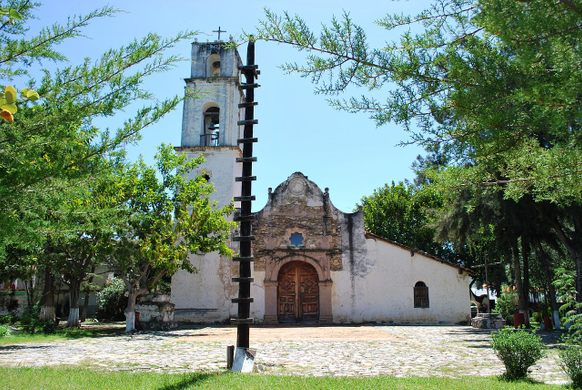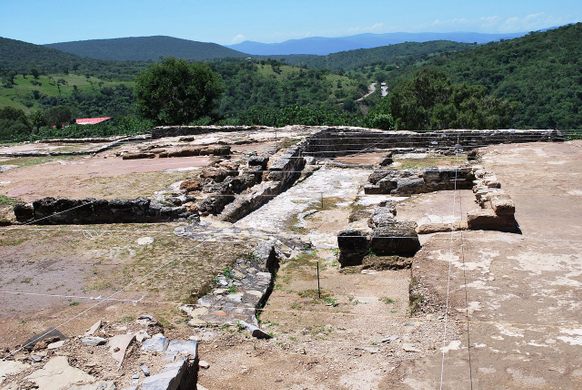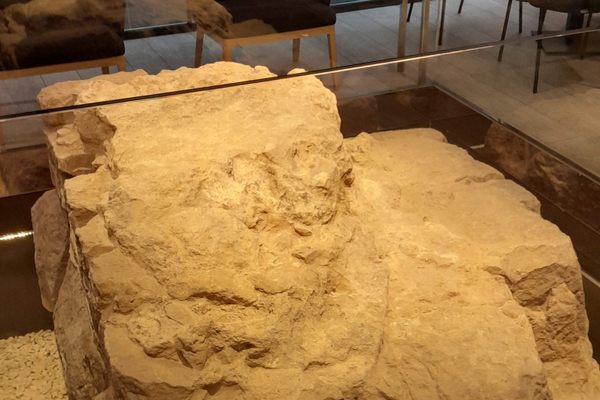Museo de Santa María de la Asunción
This church turned museum is dedicated to the last Mexica ruler, whose remains were allegedly buried under the altar.
Cuauhtémoc was the last ruler of the Mexica, better known internationally as Aztecs. Following the fall of their capital, Tenochtitlán, under the rule of Moctezuma II, he was succeeded by his brother Cuitláhuac. Cuitláhuac’s rule was cut short after he contracted smallpox and died. Cuauhtémoc, his nephew, then obtained the title of huey tlatoani, the maximum authority of Tenochtitlán.
The role was mostly symbolic however, as Tenochtitlán was basically under the rule of the Spanish and Tlaxcalans, and well on its way to becoming Mexico City. In 1525, Hernán Cortés forced Cuauhtémoc and other Mexica nobles to join him on an expedition to modern-day Honduras. Cortés’s suspicions of a conspiration led to him ordering the execution of many of his prisoners, including the hanging of Cuauhtémoc. In the late 1940s, the Southern Mexica outpost of Ichcateopan was considered by archaeologist Eulalia Guzmán as the likely final resting place of his remains.
In 1949, she and her team announced that a skeleton found in the Santa María de la Asunción church, near the archaeological vestiges of Ichcateopan, did belong to the last tlatoani. The notice was so great and amazing, that Diego Rivera painted the profile of the emperor arround the bones (it’s still visible at the museum). Also in the city of Taxco, a lot of representations of the emperor are still found in houses.
The accuracy of the claim was short-lived however, and in 1976 archaeological evidence determined that the remains were definitely not Cuauhtémoc’s (the skeleton actually belonged to a woman). Eulalia Guzmán’s credibility was tainted from that point onwards.
The legacy still lives on however. The Santa María de la Asunción church was converted into a museum, exhibiting the controversial bones. Tributes to Cuauhtémoc are also on display, originating from all across Mexico. With its contemporary name spelled as Ixcateopan, the town adopted the “surname” of de Cuauhtémoc after the discovery.
The town now hosts pilgrimages for neo-Indigenous believers, and people paying their respects to a symbol of the country’s pre-Columbian identity every February.
Know Before You Go
The feast in honor of Cuauhtémoc takes place here every February 22 and 23. The museum is open every day except Mondays, from 9 a.m. to 5 p.m.
Community Contributors
Added by
Edited by
Plan Your Trip
The Atlas Obscura Podcast is Back!




















Follow us on Twitter to get the latest on the world's hidden wonders.
Like us on Facebook to get the latest on the world's hidden wonders.
Follow us on Twitter Like us on Facebook